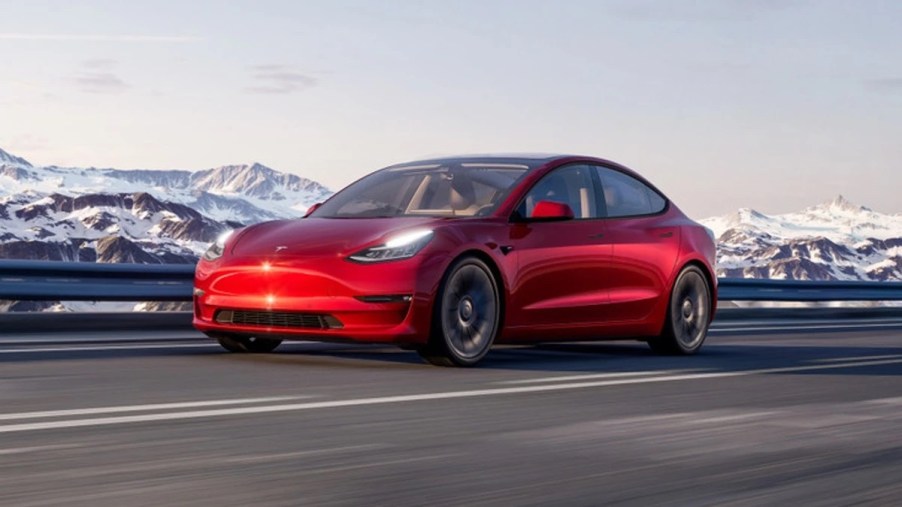
Does the New Climate Bill Actually Help Average Americans Buy Electric Cars?
Have you ever cut into a piece of fruit that looked good on the surface but found it to be rotten underneath? Some Americans probably feel this way about the electric vehicle incentives written into the Inflation Reduction Act. This new Climate Bill has good intentions at heart, but will it allow most American to benefit when buying electric cars?
What are some of the new limitations written into the climate bill?
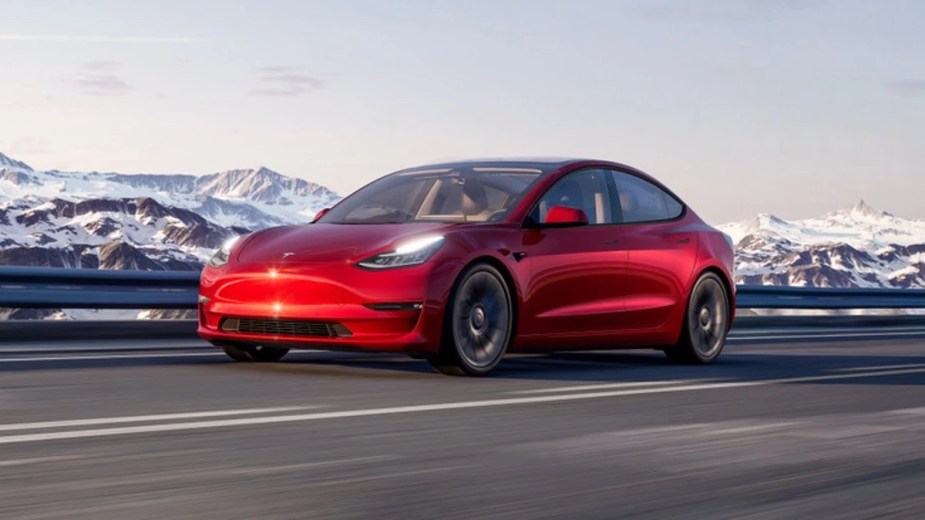
The New York Times highlights some of the challenges and limitations written into the Inflation Reduction Act regarding electric vehicles. The two-pronged goals of making EVs more affordable for Americans while freezing out China could take time to reach fruition.
Initially, the incentives written into the bill only apply to electric sedans priced at $55,000 or less and trucks, vans, and SUVs that cost $80,000 or less. These price levels should allow some room for automakers to build various trims, but are most Americans able to afford vehicles at these price points?
What does the new climate bill do for electric cars?
The new climate bill makes it much easier for consumers to purchase electric vehicles. The previous EV tax credit allowed consumers to receive a tax credit on their return, but the new bill does things a bit differently. Consumers receive a credit of $7,500 for new vehicles or up to $4,000 for used electric cars.
Is there an income restriction for these EV incentives?
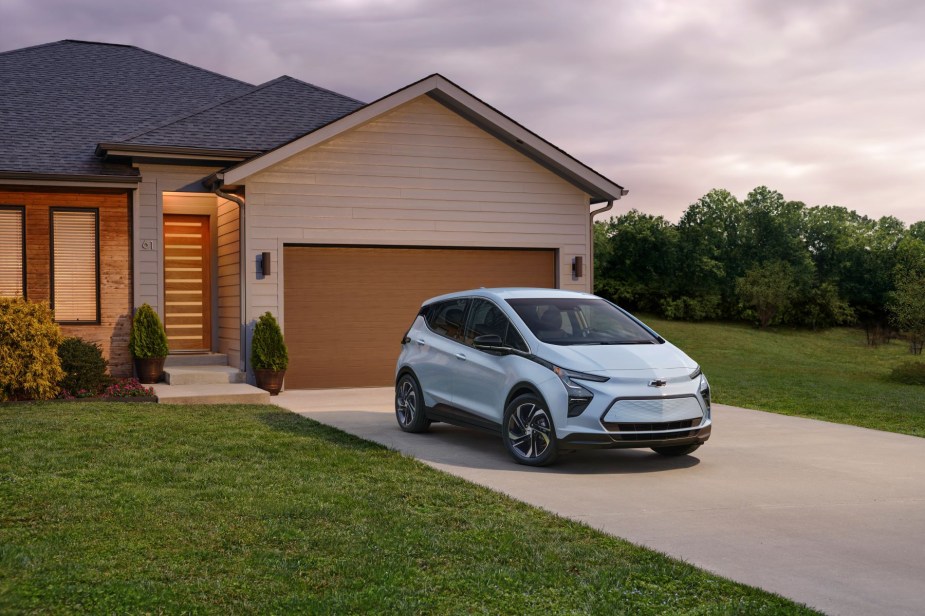
Americans making $150,000 or more individually or $300,000 or more jointly are not eligible for these new electric vehicle incentives. This allows the money reserved for these incentives to apply to more average Americans.
What is the “Made in America” requirement for electric cars?
The new Inflation Reduction Act bill states that by 2024 at least 50% of the components of an electric car battery must come from the United States, Canada, or Mexico. This requirement will increase to 100% in 2028. The same percentages apply to the minerals in the batteries. The requirement for these elements is they must come from the US or a trade ally. This would effectively freeze out countries like China and Russia from contributing elements to electric vehicle batteries.
Will the “Made In America” requirement cause problems for some automakers?
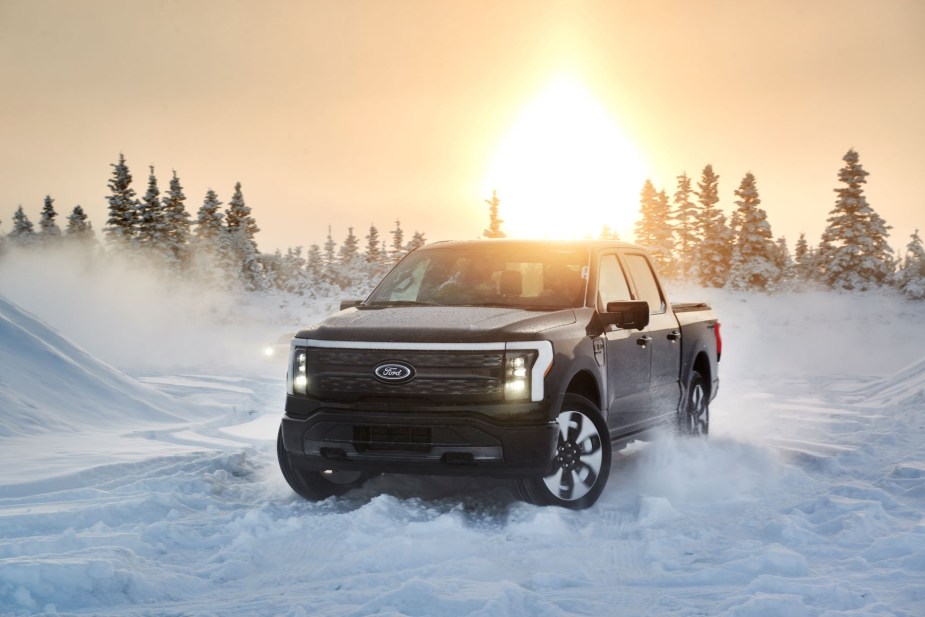
Automakers are now faced with a difficult decision. Should they alter their supply chains to ensure consumers can benefit from the credits in the Inflation Rection Act or sell vehicles that don’t meet the “Made In America” requirements? The bill does offer billions of dollars to assist automakers in establishing local supply chains.
Even with the assistance offered, some automakers anticipate changing their supply chain to meet the bill’s requirements could take up to five years.
Why are electric cars so expensive right now?
The Hill tells us that EVs are more expensive right now because of the rare materials used in electric vehicle batteries. Minerals including Lithium, cobalt, and nickel are included in these batteries, making them more expensive. Right now, many American can’t afford to purchase an electric car due to the increased prices.
Will all cars be electric by 2035?
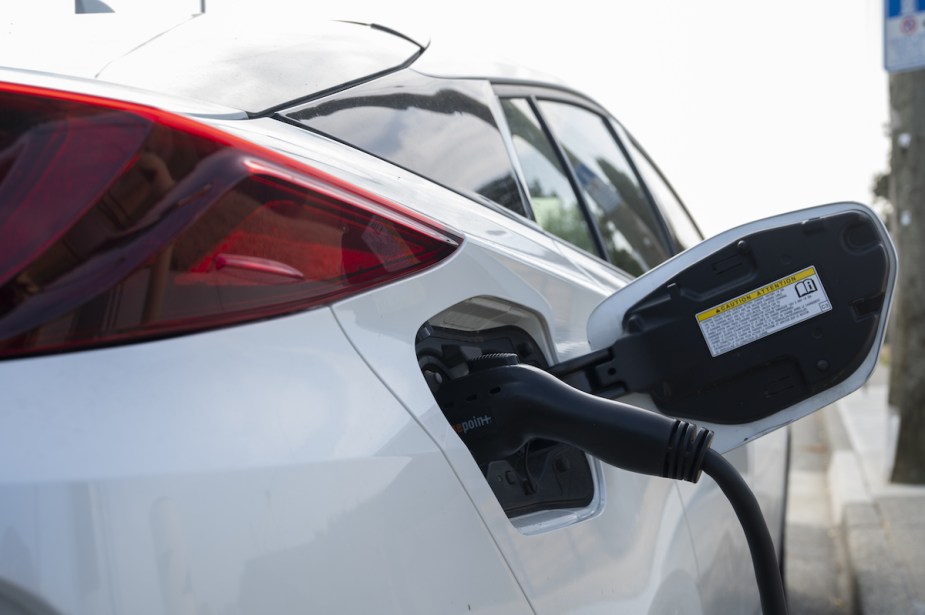
Many automakers have expressed goals of reaching 100% EV sales by 2035, but only the California Air Resource Board (CARB) put this in writing as a regulation. Some states have adopted this new CARB regulation, while others have not. Typically, about one-third of the states in the country follow what California institutes, but that’s not the case with the new regulations.
Which automakers are best positioned to offer the new EV credits?
Tesla and GM have worked to build supply chains that meet the regulations described in the Inflation Reduction Act. Ford is close to offering the right percentages to also offer these incentives. It could take time for other automakers to reach the “Made In America” percentages.
Does the climate bill make sense for average Americans?
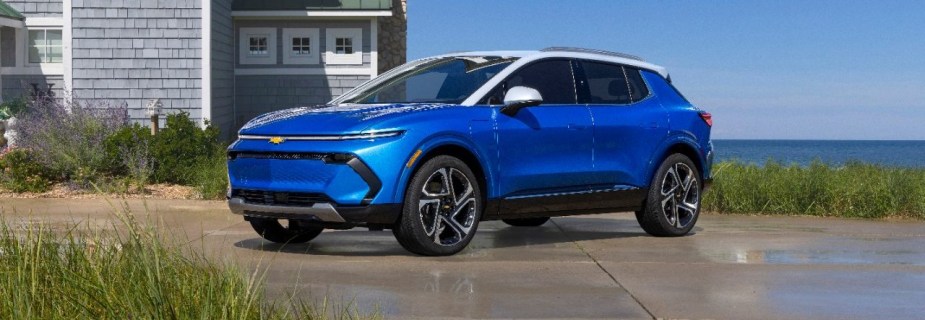
Even though most Americans can’t afford a new vehicle priced at the maximum levels in the bill, not all EVs will hit this price point. Many households can afford the price of the new Chevy Equinox EV, which should come in at around $30,000. Consumers looking for a used electric car will now benefit from a credit as well, which makes these pre-owned models more affordable. Overall, this bill does make sense for many Americans, especially if the prices begin to fall.
Next, check out the downside to electric car batteries, or find out which EVs might qualify for the new credits in the video below:



